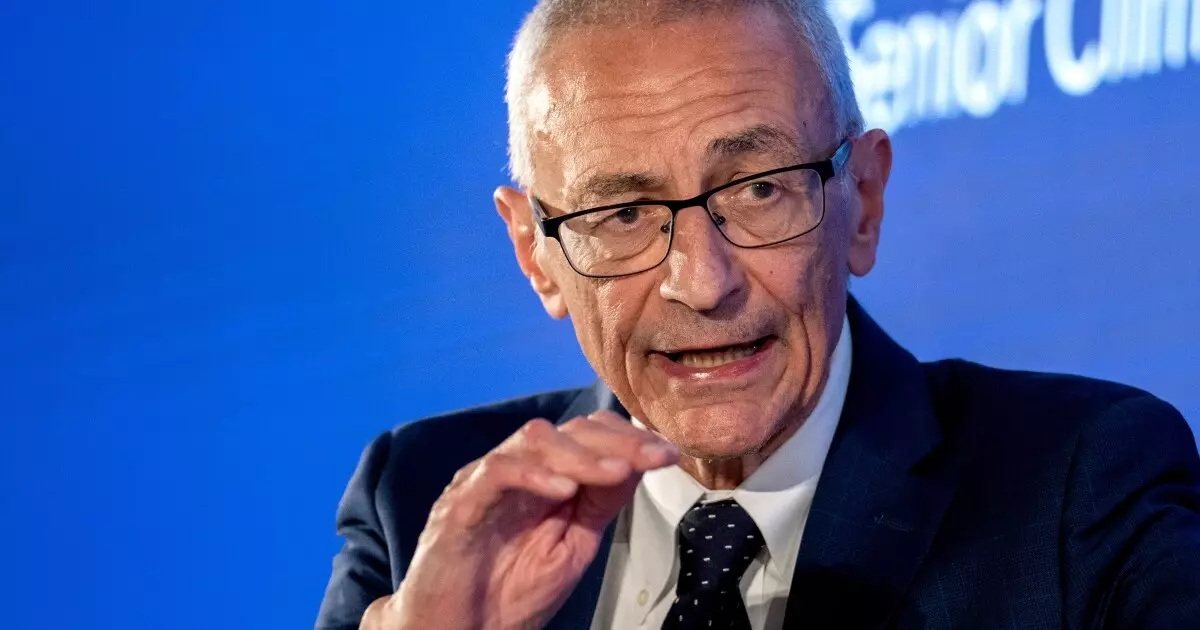Since the passage of the Inflation Reduction Act (IRA) just over two years ago, states have only captured an average of 7% of the potential funding opportunities provided by the Biden administration’s climate legislation. This low utilization rate of tax credits, which are the primary source of federal support under the IRA, is attributed to the fact that the implementation of these incentives is still in its early stages.
Mixed Results in Investment Allocation
According to a report from clean energy think tank RMI, a total of $78 billion in federal investment has been allocated since the enactment of the IRA in August 2022, with the majority of funds distributed in the form of tax credits. In comparison, private investment during the same period was significantly higher, reaching $493 billion, representing a 71% increase from the two years prior to the legislation.
State-Level Allocation of Tax Credits
The Clean Investment Monitor, created by Rhodium Group and MIT’s Center for Energy and Environmental Policy Research, tracks investments in climate technologies in the U.S. California and Texas emerged as leaders in the clean energy economy, with California claiming $13 billion (11% of its total potential) and Texas securing $9 billion (6% of its full funding potential) in tax credits. On the other hand, Nevada has already utilized 54% of its potential tax credits under the IRA.
Despite the significant financial incentives provided by the IRA in the form of tax credits, cities and states have been slow to take advantage of these opportunities. Some in the municipal market have cited confusing regulations and a general wariness of federal government involvement as barriers to accessing the tax credits. Additionally, the final rules governing the tax credits were not released until March, further delaying the implementation process.
Political Dynamics and Future Outlook
Federal investment in clean energy is expected to continue to be a contentious issue, particularly between former President Donald Trump and Vice President Kamala Harris. While the IRA faced opposition from Republicans, it has garnered support from some within the party who have witnessed the positive outcomes of projects funded under the legislation. The sustainability of the IRA, according to Biden’s senior adviser John Podesta, is attributed to its demonstrated impact on creating new clean energy jobs across both Republican and Democratic congressional districts.
The post-IRA period has seen clean investment flowing to all 50 states, with California, Texas, Florida, Georgia, and Arizona emerging as the top recipients in terms of absolute dollars invested. RMI estimates that by 2030, federal government investments in clean energy will surpass $1 trillion, with $66 billion already allocated through June. Despite the progress made, states still have a long way to go in maximizing their full investment potential and capitalizing on the available tax credits provided by the IRA.
While the Inflation Reduction Act has laid the groundwork for a significant increase in clean energy investments, there are still challenges to be overcome in fully utilizing the potential funding opportunities. States and municipalities need to streamline the process of accessing tax credits, address regulatory hurdles, and continue to demonstrate the positive impact of clean energy projects to ensure sustained support and investment in this critical sector.

